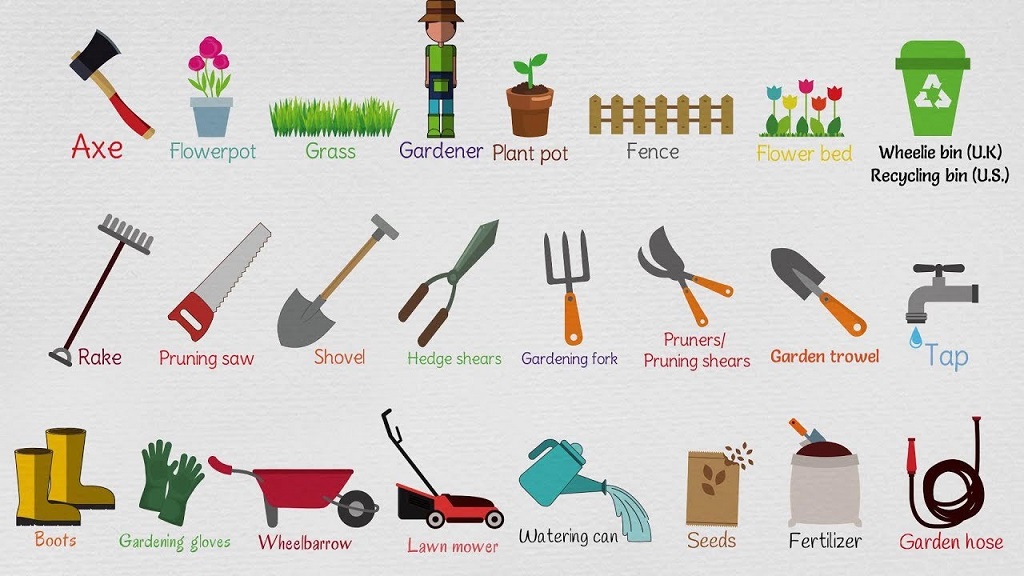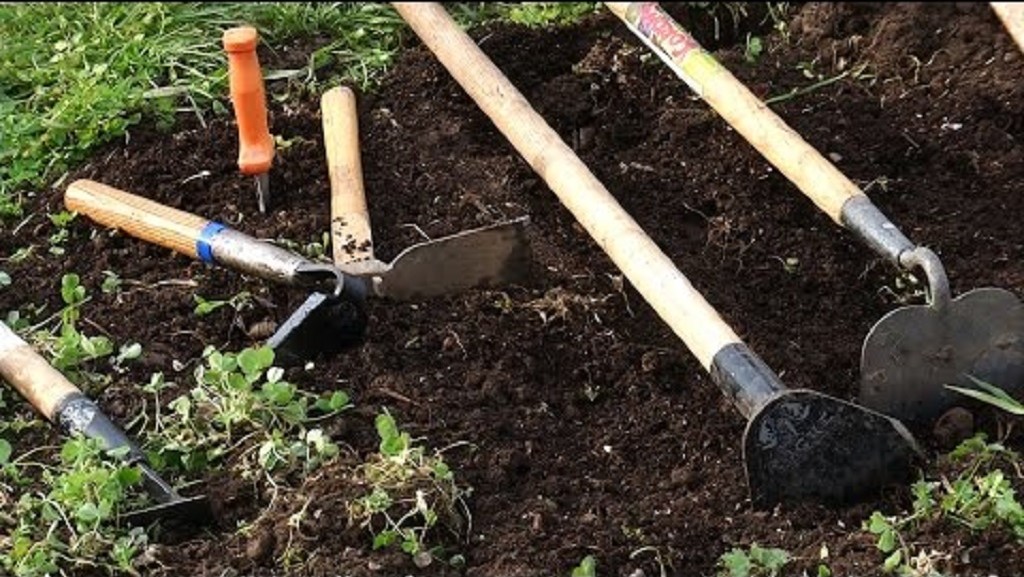
Are you a gardening enthusiast looking to transform your outdoor space into a lush haven of greenery and beauty? Well, you’re in luck! In this article, we’re going to dive into the wonderful world of gardening tools and explore how they can elevate your gardening experience. From preparing the soil to nurturing your plants, each tool plays a vital role in crafting your garden paradise. The article is authored by Pudingarden.com.
The Essential Gardening Arsenal: Tools and Their Functions
1. Spade: The Soil Sculptor
A spade is your trusted companion for breaking ground and creating planting holes. Its sharp edge makes digging through soil a breeze, and it’s indispensable for tasks like planting trees, shrubs, and flowers.
2. Pruners: The Precision Masters
A gardening kit is incomplete without a pair of pruners, also known as secateurs. They are like magic scissors for your garden, helping you trim and shape plants to ensure they grow in a controlled and aesthetically pleasing manner. Regular pruning with these essential tools promotes healthy growth and prevents overgrowth, making it easier to maintain a beautiful garden.
3. Rake: The Nature’s Groomer
The rake is your garden’s hairbrush, keeping it neat and tidy. It’s essential for raking leaves, clearing debris, and leveling soil. Different types of rakes cater to various tasks, such as leaf rakes and garden rakes for soil preparation.
4. Trowel: The Planting Pal
Trowels are like tiny shovels, perfect for transplanting seedlings and bulbs. They also help with weeding and loosening soil around plants. Their compact size makes them great for precision work in tight spaces.
5. Hoe: The Weed Warrior
Banish weeds with the mighty hoe! This versatile tool comes in different shapes for various purposes. It can break up soil, remove weeds, and create furrows for planting seeds. It’s a must-have for maintaining weed-free beds.
6. Watering Can: The Thirst Quencher
Plants need hydration, and the watering can is their lifeline. It ensures gentle and even watering, preventing soil erosion and ensuring proper moisture distribution. Choose one with a well-designed spout for accurate targeting.
7. Wheelbarrow: The Heavy Lifter
When it’s time to move heavy objects like soil, compost, or plants, the wheelbarrow is your savior. It reduces strain on your back and speeds up the transportation of materials across your garden.
8. Gloves: The Hand Protectors
Gardening gloves shield your hands from dirt, thorns, and chemicals. They provide a barrier while allowing you to work comfortably. Choose gloves that fit well and provide adequate dexterity.
9. Cultivator: The Soil Aerator
A cultivator helps break up compacted soil and aerates it for better root growth. It’s particularly handy for preparing beds for planting and mixing in soil amendments.
10. Shears: The Hedge Artists
For trimming hedges, shrubs, and ornamental grasses, shears are the tool of choice. They give you precise control over shaping and maintaining the aesthetics of your garden.
Elevating Your Gardening Experience
Gardening tools are the keys that unlock the door to a thriving garden. Each tool has a specific purpose that contributes to the overall health and beauty of your outdoor plants for the garden. By utilizing them effectively, you can transform your outdoor space into a breathtaking oasis of colors and scents. Whether you’re digging with a spade, pruning with shears, or cultivating with a rake, these gardening tools play a crucial role in nurturing your plants and creating a picturesque landscape. With the right knowledge about tool functions and gardening tips, you’ll be well-equipped to make the most of your gardening endeavors. So, let’s delve into a comprehensive guide that uncovers the roles of essential gardening tools and how each one contributes to successful gardening.
FAQs
Q1: Can I use regular scissors instead of pruners for my plants?
A1: Pruners are designed for gardening tasks and provide a clean cut to promote plant health. It’s recommended to use proper pruners for the job.
Q2: How often should I water my garden with a watering can?
A2: The frequency of watering depends on various factors, including plant type, weather, and soil. Monitor the soil’s moisture level and adjust your watering accordingly.
Q3: Are there different types of wheelbarrows?
A3: Yes, there are single-wheel and double-wheel wheelbarrows, each with its advantages. Double-wheel wheelbarrows offer more stability, while single-wheel ones are more maneuverable.
Q4: Can I use any gloves for gardening?
A4: While any gloves might provide some protection, it’s best to use gardening gloves specifically designed for the task. They offer better durability and flexibility.
Q5: What’s the difference between a spade and a shovel?
A5: A spade has a flat, sharp edge ideal for cutting through soil, while a shovel has a curved edge suitable for lifting and moving materials like dirt or compost.

